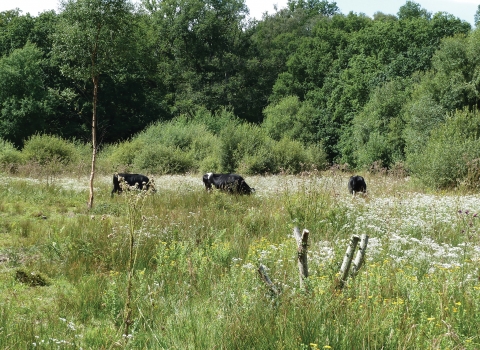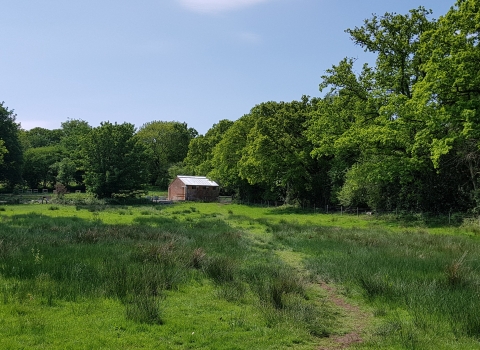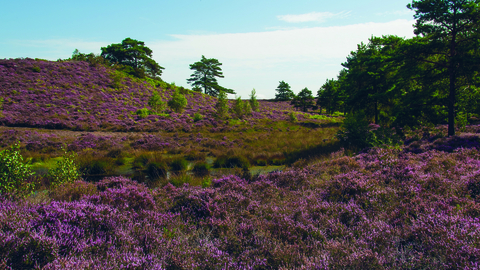
Stuart Canham
Sopley Common © Andy Fale
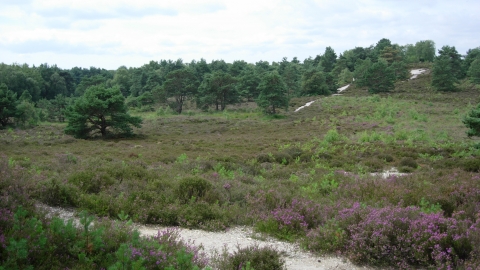
Heath Tiger beetle © Terry Bagley
Sopley Common
Location
Know before you go
Dogs
Remove all dog mess from site. See above for more information about dogs on nature reserves.
When to visit
Opening times
Open at all timesBest time to visit
summerAbout the reserve
A combination of internationally important heathland, bog pools and woodland, the reserve is teeming with rare wildlife. The area consists of wet and dry heathland, divided by the Avon Causeway road, with a series of bog pools on the southern half. A fringe of trees screens the heaths from the road that passes through the middle, adding additional habitat for more common woodland birds. The dry heath, carpeted with common and bell heathers, is home to such heathland specialists as sand lizard, smooth snake and both heath and green tiger beetle.
Dartford warbler and stonechat can be heard calling from the gorse while dragonflies stalk the heaths around the bog pools. As the dry heath gives way to wetter, boggier areas, the ground becomes peppered with the aptly named cotton-grass and the intriguing, carnivorous round and oblong-leaved varieties of sundew.
Useful Information
From Hurn Bridge roundabout travel east 300 metres along Avon Causeway road to a lay-by on the right hand side of the road. Access is via the Forestry Commission path at the far end of the layby or across the road.
Species
Habitat
Contact us
Environmental designation
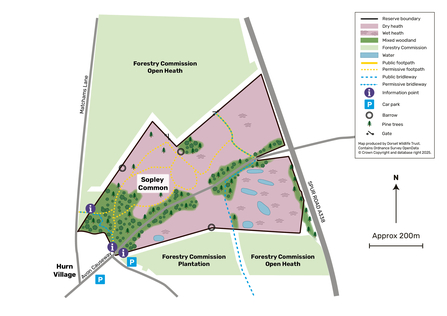
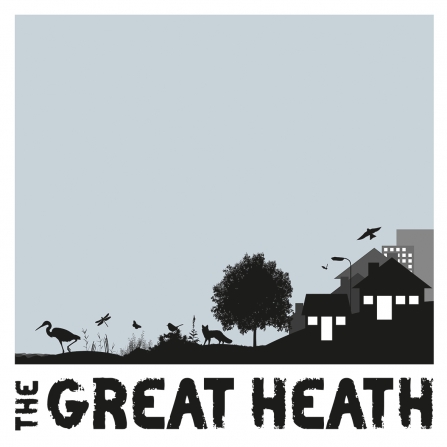
The Great Heath Living Landscape
Part of The Great Heath Living Landscape

